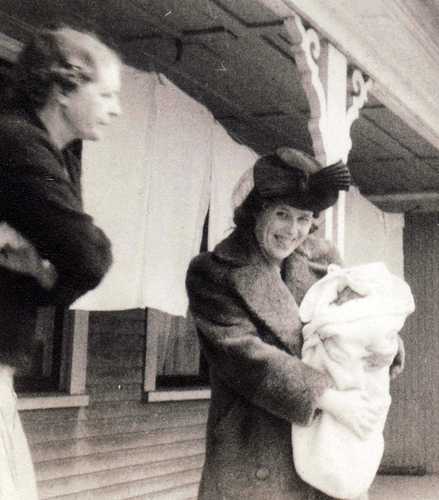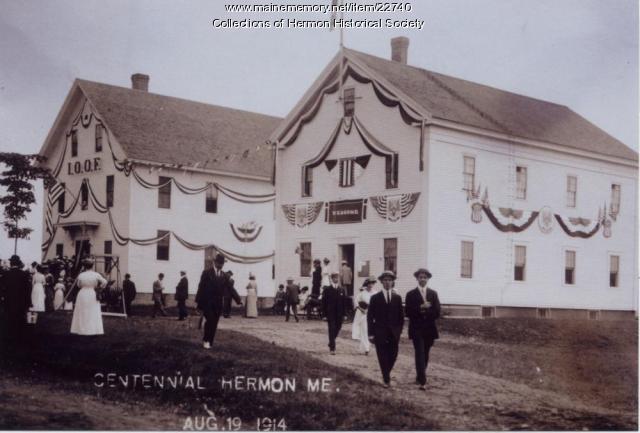Keywords: worship
Item 12936
Plan for the house of worship, Pownalborough, 1760
Contributed by: Maine Historical Society Date: 1760-12-12 Location: Dresden Media: Ink on paper
Item 102727
Synagogue Chaim Yosef, Calais, 1974
Contributed by: Maine Historical Society Date: 1924 Location: Calais Media: Pastel on paper
Item 65229
73-75 Newbury Street, Portland, 1924
Owner in 1924: David Finkelman Use: Apartments
Item 109751
Chapel for St. Patrick's Church, Lewiston, 1909
Contributed by: Maine Historical Society Date: 1909 Location: Lewiston Client: Lewiston Catholic Church Architect: Coombs and Gibbs Architects
Item 109975
Rectory for St. Paul's Church, Portland, ca. 1900
Contributed by: Maine Historical Society Date: circa 1900 Location: Portland Client: St. Paul's Church Architect: Frederick A. Tompson
Exhibit
The West Baldwin Methodist Church, founded in 1826, was one of three original churches in Baldwin. While its location has remained the same, the church has undergone numerous changes to serve the changing community.
Exhibit
Shaarey Tphiloh, Portland's Orthodox Synagogue
Shaarey Tphiloh was founded in 1904 by immigrants from Eastern Europe. While accommodating to American society, the Orthodox synagogue also has retained many of its traditions.
Site Page
Lincoln, Maine - Methodist Church
"… in Lincoln because the people have had a place to worship the Lord for 171 years. Stinchfield Monument, Lincoln, ca."
Site Page
Lincoln, Maine - Catholic Church
"Soon, people from Benedicta started coming to worship the Catholic religion in Lincoln. Different reverends started visiting Lincoln to offer the…"
Story
Surprise Preacher in Corinna
by Sarah Mount Elewononi
What the wife of Rev. Wright did when she found out she was expected to preach on short notice.
Story
Jim Murphy-living a multi-dimensional life
by Biddeford Cultural & Heritage Center Voices of Biddeford project
Life influences: Irish/Quebec ancestry, seminary, Navy, community businesses and organizations.
Lesson Plan
Building Community/Community Buildings
Grade Level: 6-8
Content Area: Social Studies
Where do people gather? What defines a community? What buildings allow people to congregate to celebrate, learn, debate, vote, and take part in all manner of community activities? Students will evaluate images and primary documents from throughout Maine’s history, and look at some of Maine’s earliest gathering spaces and organizations, and how many communities established themselves around certain types of buildings. Students will make connections between the community buildings of the past and the ways we express identity and create communities today.


















